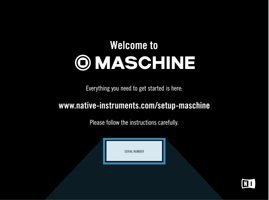

In other words, integration branches are already always built automatically independently of merge requests. A target branch is usually an integration branch which should be built on each commit or periodically. Building the target branch of a merge request sounds weird to me. Then use the REST API to trigger a build for that branch. Create a branch pointing to the specific commit.

In GitLab 13.8, the group member events webhook will also be triggered if the access level of a user has changed, the expiration date for user access has been updated, or a user has been removed from the group. In GitLab 13.7, we introduced a webhook that is triggered when a new member is added to a group.Each module reduces time spent on delivering cloud resources by allowing consumers to provide a handful of inputs with minimal coding efforts. These modules leverage popular providers from Amazon Web Services (AWS), Microsoft Azure, Google Cloud Platform (GCP), and several others. The Terraform Registry hosts thousands of self-contained packages called modules.Content type: What kind of data we want in our webhook. Here, Payload URL is the URL where our Jenkins is running add github-webhook to tell GitHub that it is a webhook.
#NATIVE INSTRUMENTS SERIAL NUMBER GENERATOR CODE#
In GitLab, to ensure strict code review, you can require a minimum number of users to approve of a merge request before it is able to be merged. Our application is deployed on two environments, stage and production, in order to deploy the application we are following a GitOps model, in this case we have one repository with three. Push the container image to our container image repository. Choose the newly-created branch as the Source branch. For example, johnsmith/second-webhook-test-repo. GITLAB If there are several repositories with the same name, the listed GitLab repositories will have their names attached with a GitLab owner name.


 0 kommentar(er)
0 kommentar(er)
